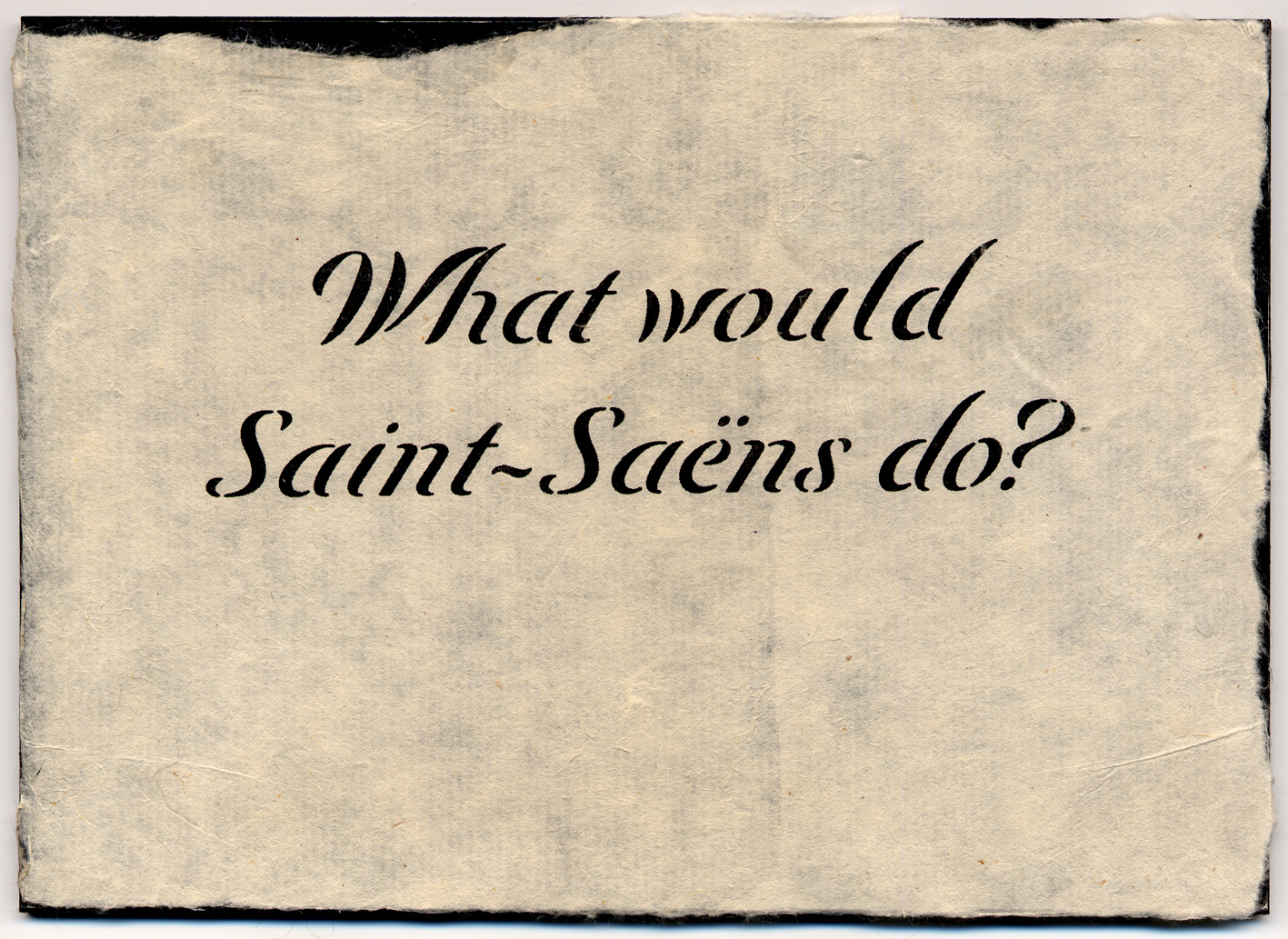What would Saint-Saëns do?
I'm working on a series which I expect will become a print series when the weather gets warmer. It's another version of confronting the myth of individual consciousness. The form comes from Jim who can't find the quote, but loves to recite it. It's something like the composer Franz Liszt would say that when he was thinking of composition and stuck; he would ask himself, what would Saint-Saëns do? Lizst was the elder and famed at the time, but like many generous musicians, realized the brilliant composition capabilities of Camille Saint-Saëns, was supportive of his work.

"Lizst said no to the myth of individual consciousness," scratchboard,paper, pencil, acrylic, 2015, 17.7 x 12.5 cm
This work will be exhibited with other small works and available for sale to support the Women's Caucus for Art Honor Awards, Thursday, February 12, New York Institute of Technology, 1871 Broadway, NYC.
I've been mourning the loss of Margriet Tindemans, friend, patron, choir director and music teacher. Margriet has been recognized as a foremost expert on the work of Hildegard of Bingen and the technical dimensions of early stringed instruments. Among the attractions to me of Margriet's approach were her scholarship in medieval music and her generosity in approaching performance, especially with our medieval women's choir. As brilliant as she was, she encouraged collaboration, and I worked with her, as so many others did, on several choir projects, including the illustrations for our recordings. See http://medievalwomenschoir.org/recordings/
For tributes http://medievalwomenschoir.org/
We did some contemporary compositions expressly for the choir, including some by Margriet, but otherwise, the music we performed came from Europe and the Mediterranean of 15C or earlier. The myth of individual consciousness, so domineering in our society today, is refreshingly absent in these cultures, the work we have done and continue to do in her spirit.
